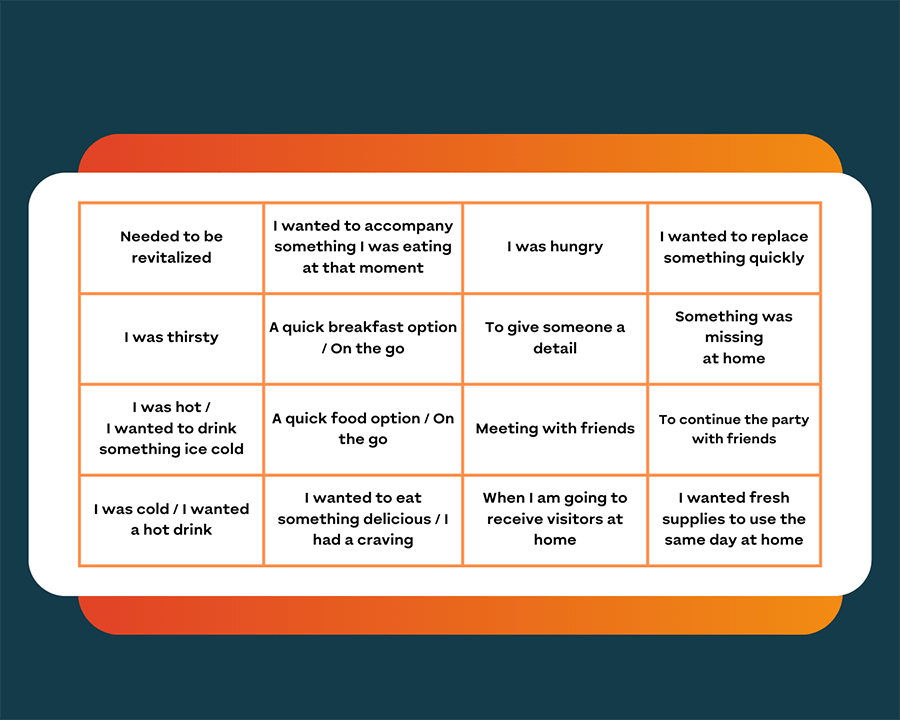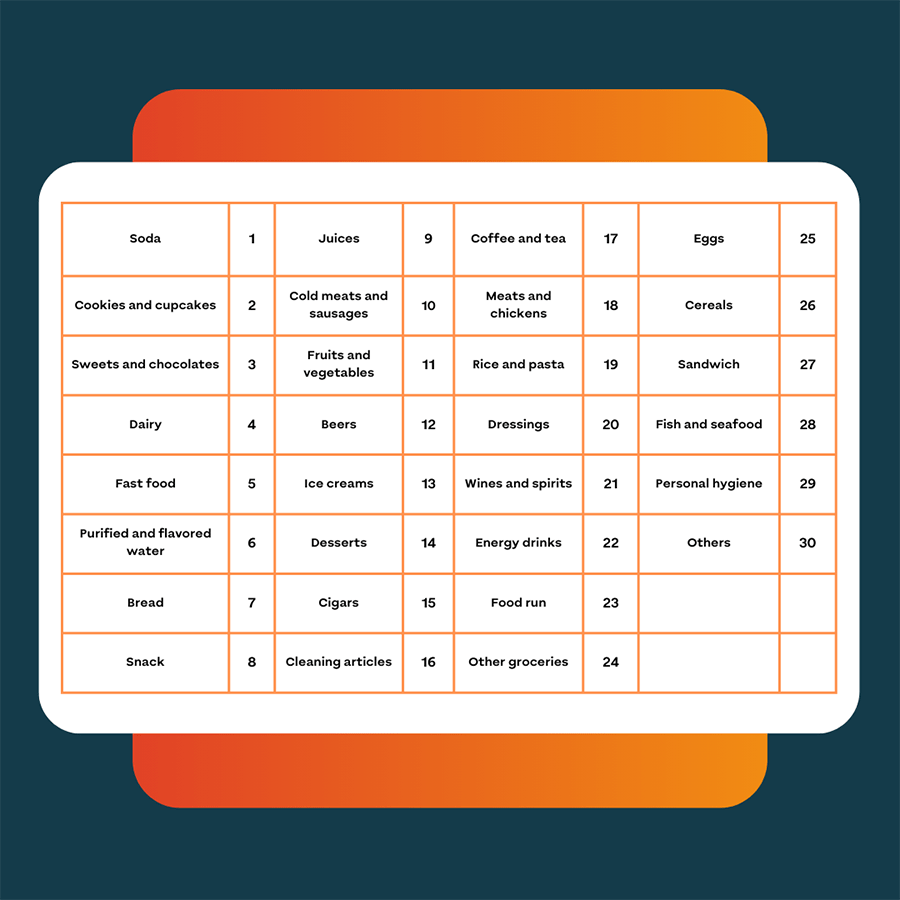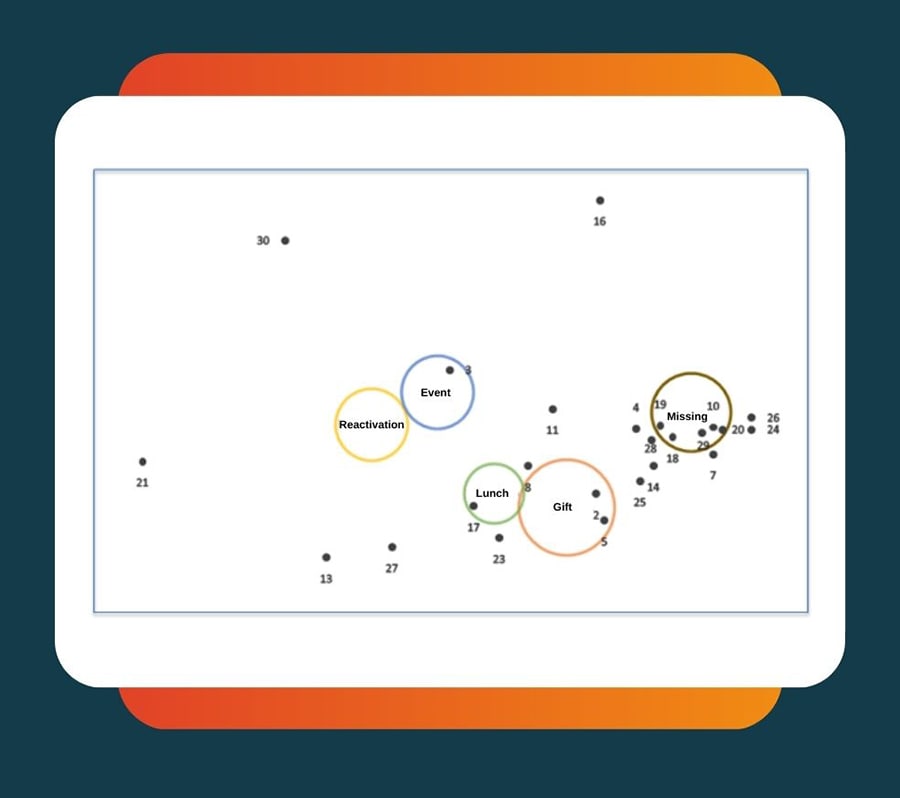

Author: José Ignacio Domínguez
Traditionally, market segmentation is perceived as a strategy that involves grouping consumers whose purchasing response is similar to a company’s stimuli. However, it’s possible to group other elements such as products, geographic areas, processes, events, and any other entities of interest.
Purchase occasions, wherein consumers visit a store to make a purchase, are events that can be classified based on the trigger(s) that prompted them. This classification allows for the identification of purchasing behaviors clearly associated with different circumstances of time and place, buyer profile, and selected store.
In a study conducted for a convenience store chain, we asked which of the following reasons triggered their last visit to a nearby store:

By subjecting the set of phrases individuals use to describe what prompted them to go to the store to a pattern identification procedure, we were able to group events and categorize them into distinctive purchase occasions. Various analytical procedures serve to make such groupings, such as K Means Cluster, Support Vector Machines, or Decision Trees.
We identified 7 distinctive purchase occasions, based on the triggers that originated them, here ordered according to their proximity to or distance from home: Thirst, Reactivation, Habit, Lunch, Shortage, Pampering, and Event.
While the grouping was done considering only the purchase triggers, the events of each group occur in different time and place circumstances, are carried out by characteristic demographic profiles, in different types of stores, and, most importantly, include very specific product baskets.
This is a zoom into the products associated with 5 of the purchase occasions. Outside the correspondence map, towards the left, lie the ‘Habit’ occasions, associated with products such as Cigarettes, Airtime, and ‘Thirst’, associated with different classes of beverages.


The study was conducted because the retail chain was looking to improve two key performance indicators: customer traffic and average sales ticket. Strategically, category management is an effort to push products into the market. Purchase occasion management is an effort to attract customers to the store.
Our client decided to structure their organization matrix-style, with category managers working hand-in-hand with occasion managers. For example, to generate traffic for Events, the responsible party must coordinate with the Beer Category Manager, the Liquor Category Manager, Disposable Goods, Snacks, among others; while each of these must in turn work with the responsible parties for other occasions that also include their products.
The comprehensive vision of such a strategy makes the development of store operation guidelines (layout, schedules), the generation of promotional activities (cross-selling, discounts), as well as other strategic decisions (surcharges, store format location), more efficient.
We understand that every company is unique and requires customized research approaches to achieve its business objectives. We ensure to employ the appropriate approach for each project, guaranteeing precise and relevant results that drive your company’s growth.
Before launching your next market study, allow us to suggest the best design to obtain the information and insights that best support the decisions your company needs to make.
